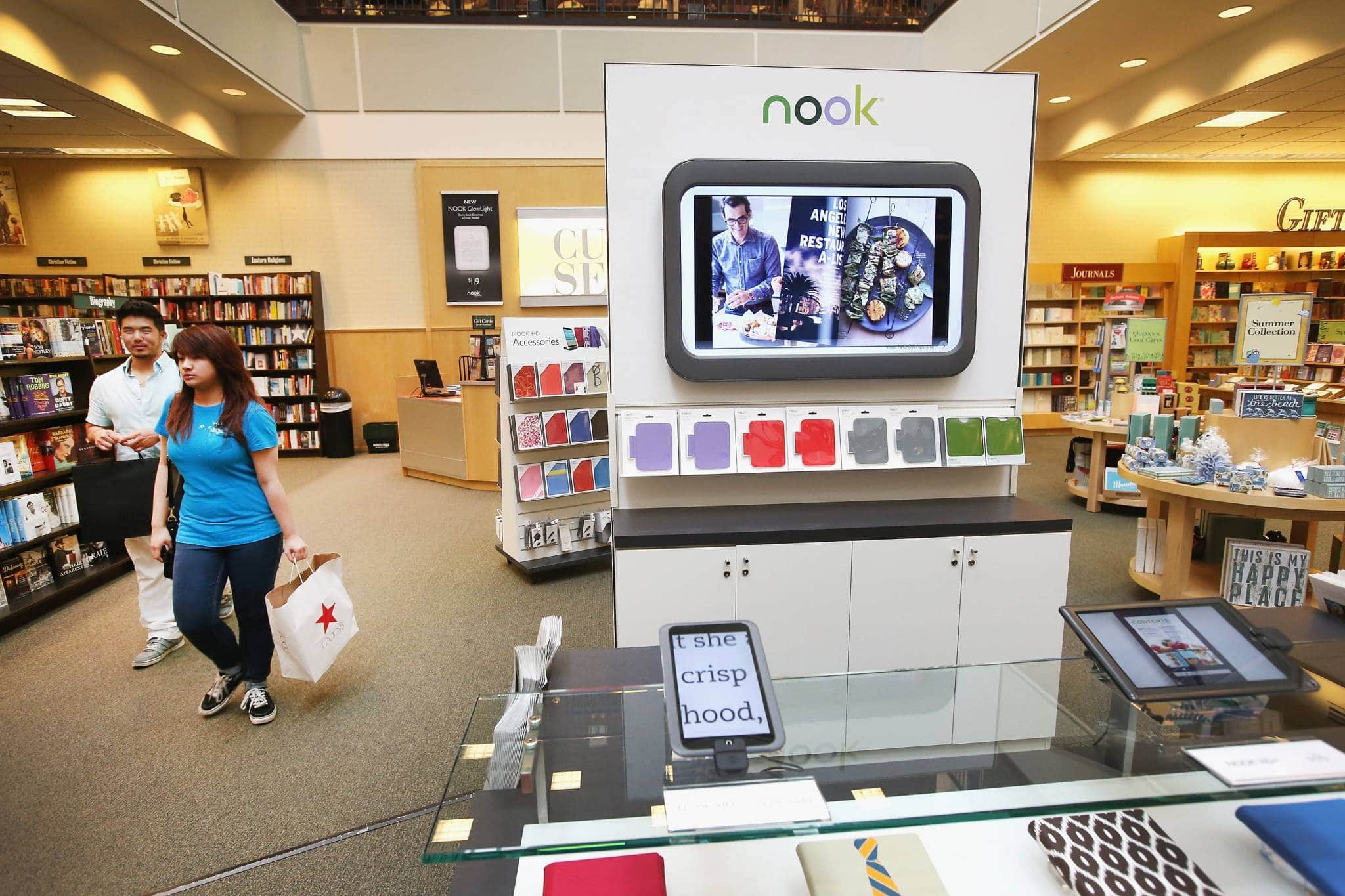
Barnes and Noble was recently acquired by Elliott Management and they took the company private. Right before they did, the bookseller said that the Nook saw fourth quarter sales decrease 17.38% over the same period in fiscal 2018. NOOK sales for all of fiscal 2019 decreased 17.36% over fiscal 2018. The new CEO James Daunt—currently the CEO of Waterstones, the UK bookstore chain was also acquired by Elliott last year. Can Barnes and Noble turn the Nook around?
The Nook e-reader is a victim of the changing climate for US readers. Basically in the past decade, everyone who wanted an e-reader already has one. Most people hang onto their devices for 3-6 years, so the upgrade cycle is smaller than smartphones and tablets. There are a relatively small segment of users that do upgrade each generation.
The Nook software and user interface has not changed much in ten years. Amazon refreshed their home screen 4 years ago and Kobo did the same. These two companies basically did it because the industry was gravitating towards 300 PPI screens becoming the norm, so they had to revise it in order for their flagship products to look good. The only thing that Barnes and Noble did, was Nook Readouts in 2015, which is a way you can view author interviews and get a sense of new books that are coming out soon, and select your favorite genres, so you only see relevant content.
Nook hardware has improved in small, incremental ways. They were early adopters of the front-light system in 2012 and incorporating waterproof designs, so people can read in the tub. They eventually incorporated high PPI screens and for the first time, deviated from their standard six inch e-reader and did an 7 inch model, called the Nook Glowlight Plus 7.8. This product has a secret Bluetooth system, that was designed to play B&N podcasts, but they are not available yet.
So how can the Nook be improved? They need to sign a licensing agreement with Overdrive, so users can easily borrow and read ebooks. Implementing it would be a bit of a engineering challenge, because the Nook is running Android, whereas the Kobo e-reader with Overdrive is running Linux. The Nook can read library ebooks, but it is not intuitive, you need to download them via the web browser on your PC, download Adobe Digital Editions, sign into it, then sign into the ADE section in the Nook settings menu, plug your Nook into your PC and then sideload the downloaded library book onto your Nook. This is horribly complicated. Consumers want products that simplify their life and enrich it, not create more problems.
Did you know that Barnes and Noble has an audiobook store? They launched a dedicated audiobook app for Android in 2015 and have never promoted it. They do not sell audiobooks alongside Nook and print books on the B&N website, nor do they have any audiobook functionality on the Nook e-reader. My suggestion is to sell audiobooks on their website. Amazon and Kobo both do this, Nook is basically the odd man out. I also suggest leveraring Bluetooth on the Nook Glowlight 7.8 and sell audiobooks there too, it would give a reason for people to upgrade their e-readers.
What do you suggest that Barnes and Noble do to win back customers and rivalize the Nook division?
Michael Kozlowski is the editor-in-chief at Good e-Reader and has written about audiobooks and e-readers for the past fifteen years. Newspapers and websites such as the CBC, CNET, Engadget, Huffington Post and the New York Times have picked up his articles. He Lives in Vancouver, British Columbia, Canada.
